

Published in the United States of America
by Cherry Lake Publishing
Ann Arbor, Michigan
www.cherrylakepublishing.com
Printed in the United States of America
Corporate Graphics Inc
September 2011
CLFA09
Consultants: Heather Abushanab, adjunct professor, Wentworth Institute of Technology; Gail Saunders-Smith, associate professor of literacy, Beeghly College of Education, Youngstown State University
Editorial direction:
Lisa Owings
Book design and illustration:
Kazuko Collins
Photo credits: Shutterstock Images, cover, 1, 18; Ben Blankenburg/iStockphoto, 5; iStockphoto, 7,16 (bottom); Jonathan Maddock/iStockphoto, 8; Levent Konuk/Shutterstock Images, 11; Sekulovski Ivo/Shutterstock Images, 13; Ana Abejon/iStockphoto, 14; Eduardo Leite/ iStockphoto, 16 (top); Yoshikazu Tsuno /AFP/Getty Images, 22; Ewing Galloway/Photolibrary, 23; AP Images, 24; Shuzuo Kambayashi/AP Images, 27
Copyright 2012 by Cherry Lake Publishing
All rights reserved. No part of this book may be reproduced or utilized in any form or by any means without written permission from the publisher.
Library of Congress Cataloging-in-Publication Data
Sirota, Lyn A., 1963
Science lab. Technological design / by Lyn A. Sirota.
p. cm. (Language arts explorer. Science lab)
Includes bibliographical references and index.
ISBN 978-1-61080-208-6 ISBN 978-1-61080-297-0 (pbk.)
1. TechnologyJuvenile literature. 2. Engineering designJuvenile literature. I. Title. II. Title: Technological design.
T48.S58 2011
620.0042-dc22
2011015640
Cherry Lake Publishing would like to acknowledge the work of The Partnership for 21st Century Skills. Please visit www.21stCenturySkills.org for more information.
TABLE OF CONTENTS
You are being given a mission. The facts in What You Know will help you accomplish it. Remember the clues from What You Know while you are reading the story. The clues and the story will help you answer the questions at the end of the book. Have fun on this adventure!
YOUR MISSION
Your mission is to explore the many aspects of technological design. How and why are different products designed? Why are products changed? How do engineers develop and test new products? Find out about new and future technology. Keep in mind What You Know as you explore the process of technological design.
WHAT YOU KNOW
 Technology is developed to solve specific problems.
Technology is developed to solve specific problems.
 Wherever people are in the world, there is technology.
Wherever people are in the world, there is technology.
 Scientific advances and customer feedback lead to constant changes and improvements in products.
Scientific advances and customer feedback lead to constant changes and improvements in products.
 Products become outdated very quickly with the introduction of new technology.
Products become outdated very quickly with the introduction of new technology.
Kate Marley is a student visiting technology companies to learn more about the design process. Carry out your mission by going with Kate on her quest.

January 21:
MICROWAVE OVENS
Today Im exploring microwave ovens at Whirlwave, Inc. I read a handout from the receptionist while I wait in the lobby. I learn that microwave ovens are named for the waves of energy they use to heat food.
What makes microwave ovens different from regular ovens? I wonder. Just then, Devan Lately comes up and shakes my hand. He is the design team leader at Whirlwave. I figure he is a good person to ask.
A traditional oven has to heat the air around the food, cooking it from the outside in, Mr. Lately explains. But a microwave oven heats the water molecules inside the food. He says people like microwave ovens because they can cook food quickly. They are especially good at reheating food. And since most of their energy is used to heat the food instead of the oven, microwave ovens use less energy than traditional ovens.
MICROWAVE MAGIC
In the 1940s, Dr. Percy Spencer discovered that microwaves could cook food. He was in the lab doing research on microwaves, and he found that the chocolate bar in his pocket had melted. To test his hypothesis that the microwaves were responsible, he held a few popcorn seeds in front of the machine producing the microwaves. The seeds popped, sparking the id ea for a microwave oven.
Mr. Lately tells me the first microwaves that came out in the 1950s were almost as big as refrigerators and could cost as much as a car. They werent very popular.
People became busier in the 1970s and 1980s. They wanted faster ways to cook. Design engineers found ways to make the microwave oven smaller and less expensive, and it became a perfect solution to this problem.
Is there any reason people wouldnt want to use microwave ovens? I ask.

Since microwave ovens heat food from the inside, Mr. Lately says, they dont brown things or make them crispy on the outside like a traditional oven. Microwaves also dont always heat food evenly. Todays microwave ovens have spinning trays to help with this problem. Sensors in some microwaves read moisture levels to tell when food is perfectly cooked.
That must be how my microwave knows when my popcorn is done, I say. I had microwave popcorn last night. I just pushed a button on my microwave and waited for the beep to tell me it was ready. I didnt have to stand and listen to the popcorn popping, and the popcorn wasnt burned when I took it out. I also noticed buttons for baked potatoes and beverages, I say.

Yes! The sensors are designed for the most commonly microwaved foods. They make microwaves easier and faster to use, says Mr. Lately. I learn that because they are so easy to use, microwaves let children help more in the kitchen. Using a microwave is also far safer than cooking on the stove. Since all the heat stays inside the food, there is less chance of getting burned by a hot pan.
Do you think microwave ovens will replace regular ovens someday? I ask.
Well, some newer microwaves have parts that heat the outside of food just enough to brown it, says Mr. Lately. Foods cooked in these microwaves look, feel, and taste more like foods cooked in traditional ovens. So it may well be that future microwave ovens will be able to do everything regular ovens can do today.
Mr. Lately thinks future kitchens may have several microwaves for preparing large meals. Microwaves might also find their way into bathrooms and laundry rooms to warm towels or dry clothes. Microwaves have been proven to dry clothes faster and at a lower temperature than just blowing hot air on them. Maybe they will even dry our hair when we come in from outside on a rainy day, I say with a laugh. 


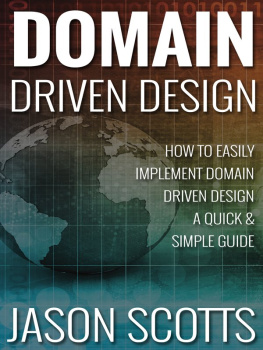

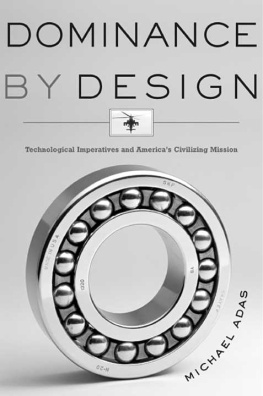


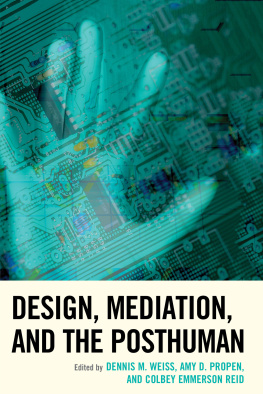

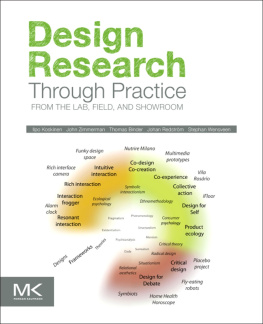
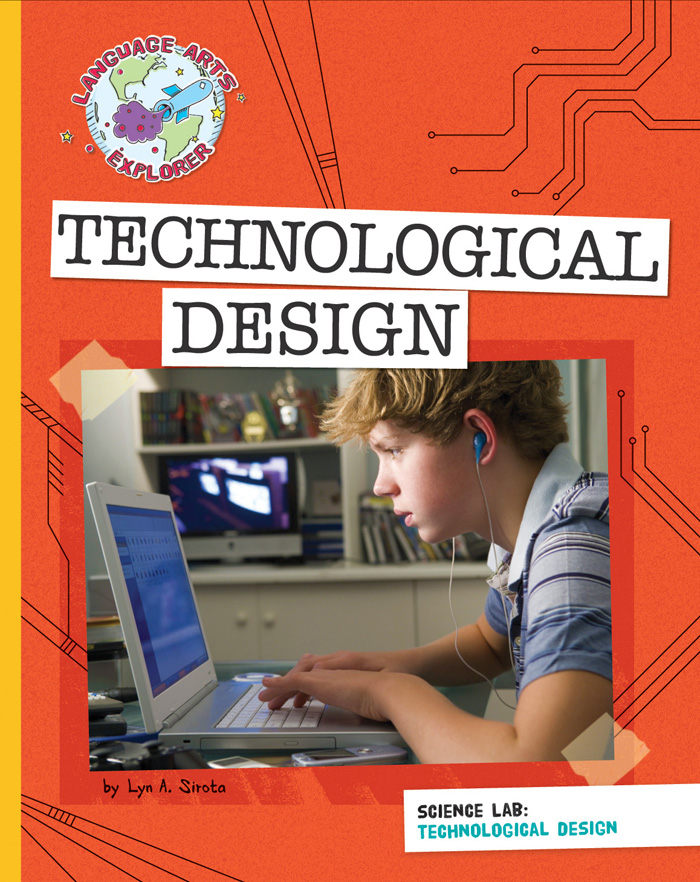


 Technology is developed to solve specific problems.
Technology is developed to solve specific problems.

